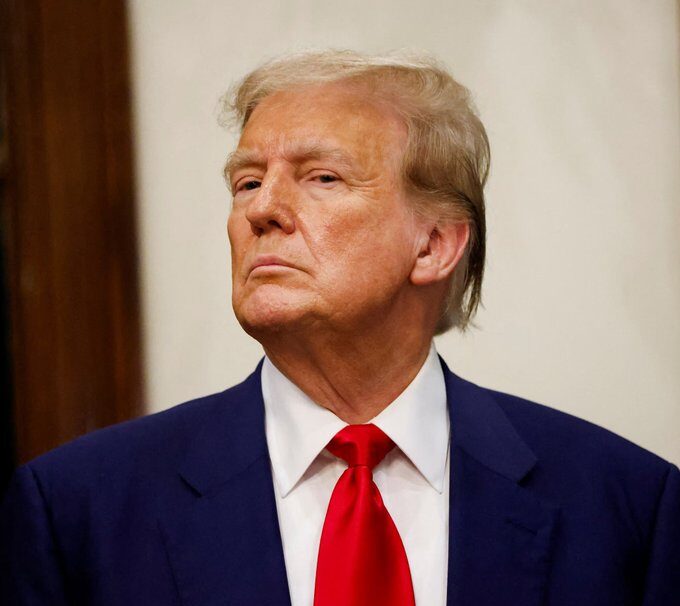On August 1, 2025, the United States, under President Donald Trump’s administration, implemented a significant increase in tariffs on imports from multiple countries, prominently including Canada, where the tariff was raised from 25% to 35%. This tariff escalation forms part of a broader strategy by the U.S. aimed at reshaping global trade relations to favor American economic interests, but it has sparked widespread concerns about its repercussions both domestically and internationally.
The tariff increase on Canada is particularly noteworthy. The White House cited Canada’s “continued inaction and retaliation,” especially regarding cooperation efforts to stem the illegal flow of fentanyl and other drugs into the United States, as key reasons for this decision. Canada represents a critical trading partner for the U.S., and this escalation is perceived as a punitive measure to incentivize stricter action on narcotics control. Canadian Prime Minister Mark Carney expressed profound disappointment with the decision and vowed to take necessary steps to protect Canadian jobs and diversify its export markets. Ottawa highlighted that Canada accounts for only about 1% of U.S. fentanyl imports, underscoring the complexity of the issue amid the tariff hike.
This tariff increase on Canadian goods takes effect immediately on August 1, diverging from the delayed implementation (August 7) scheduled for tariffs on other countries under the same executive order. The broader package involves specific tariff rates ranging from 10% to as high as 41% on imports from nearly 70 trading partners. While some countries such as Brazil saw their tariffs scaled back—from 50% to 10%—others, including India, face new barriers, with a 25% tariff imposed following stalled trade negotiations.
This sweeping imposition of tariffs follows months of paused negotiations and tariff freezes designed to secure better trade agreements. In some cases, new trade deals have been struck, such as with the European Union, Vietnam, Indonesia, the Philippines, Japan, South Korea, and Pakistan (which saw tariffs reduced to 19%). However, countries that have not agreed to terms or failed to meet U.S. demands face stiffer trade restrictions.
The economic rationale behind the tariffs, according to the Trump administration, is to promote domestic production by making foreign goods more expensive in the American market. The policy aims to reduce the trade deficit and protect U.S. industries against unfair competition. However, many economists and business leaders warn that these tariffs will raise costs for U.S. consumers and businesses. For example, increased tariffs on Canada—the U.S.’s closest trading partner—are likely to lead to higher prices for products and raw materials that cross the border, ultimately contributing to inflationary pressures that could raise annual household costs significantly.
International markets have reacted negatively to these tariff announcements. European stock markets dropped to three-week lows, with Asian markets poised for their worst weekly performance since April as investors fret over the disruption of established trade flows and potential retaliatory measures. While oil prices have remained relatively stable, concerns over a prolonged period of trade tensions continue to weigh on global economic outlooks.
The U.S. government is also implementing a strict 40% tariff on goods suspected of being transshipped—that is, rerouted through third countries to evade applicable duties—along with additional penalties and scrutiny measures. This step underscores the administration’s intent to enforce the tariffs rigorously and minimize loopholes that could undermine their effectiveness.
Reactions have varied among affected countries. Taiwan welcomes its 20% tariff as temporary and contingent on successful negotiations. Several Southeast Asian countries saw their tariffs reduced from initially proposed high rates, reflecting partial concessions in bilateral talks. India, facing a 25% tariff, is actively assessing the impact, particularly on its agricultural and small business sectors. South Africa and others continue intensive negotiations to avert job losses and economic disruption.
In conclusion, the U.S. tariffs—including the steep 35% tariff on Canadian goods—represent a marked shift in American trade policy toward a more protectionist stance. While intended to safeguard U.S. economic interests and address issues such as drug trafficking, the measures risk escalating trade tensions, increasing consumer costs, and disrupting global supply chains. The full economic and geopolitical consequences will become clearer as implementation proceeds and affected countries respond over the coming months.

